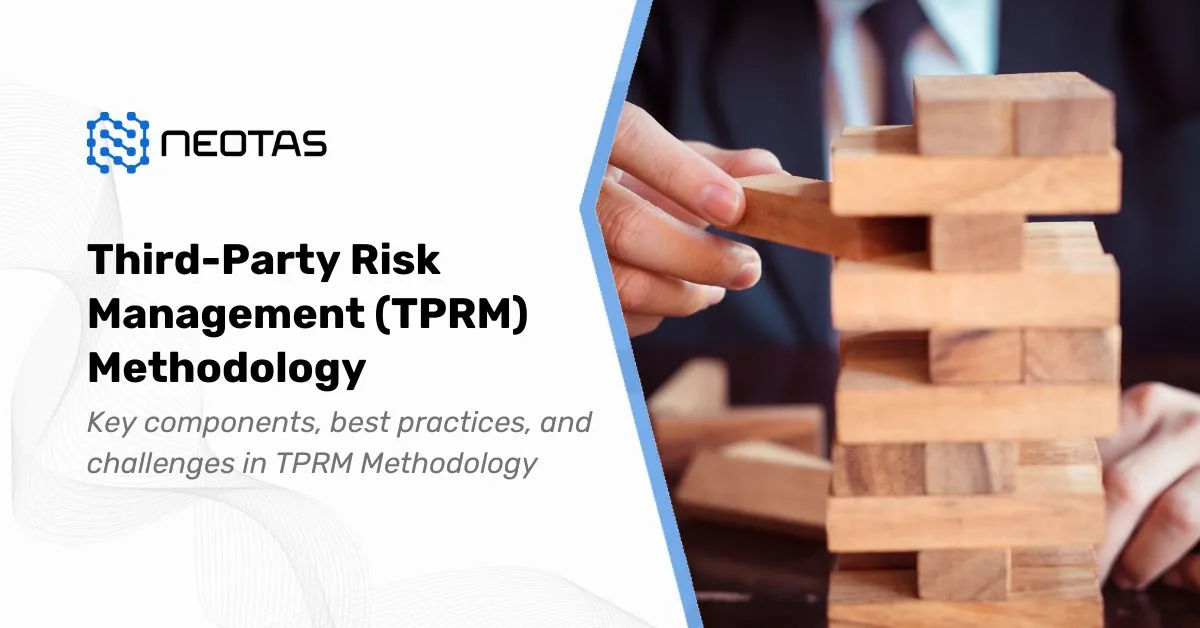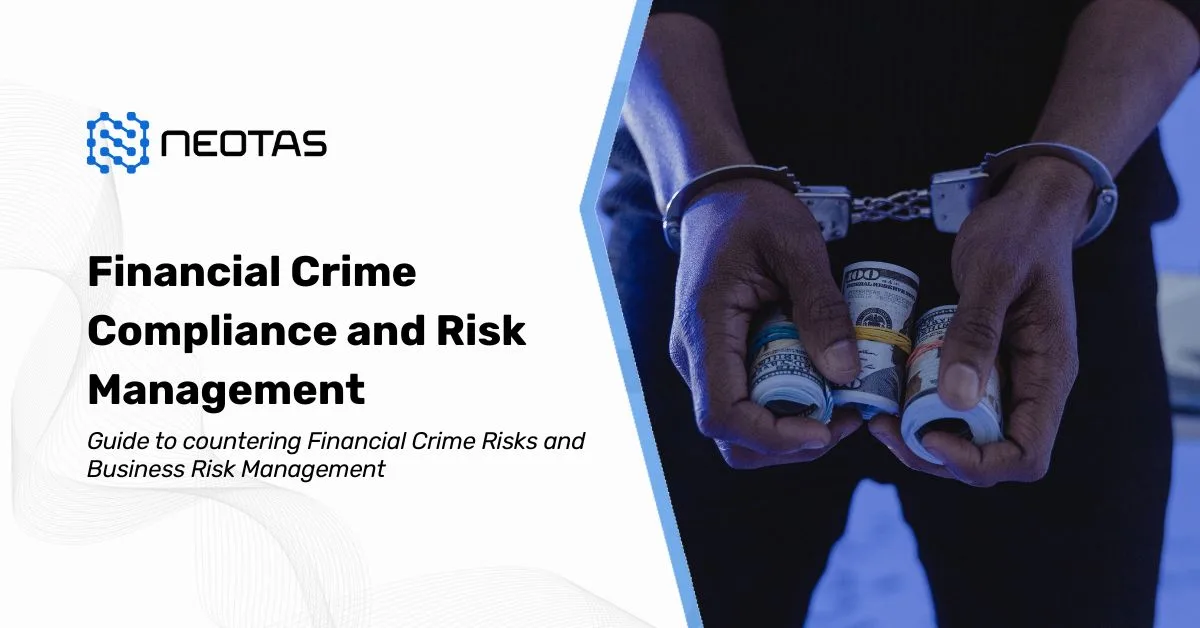Abuse of children
A recent story highlighted the need to constantly maintain and review safeguarding controls. An associate head teacher admitted to the crimes of gathering over 2000 images showing the sexual abuse of children, as well as owning Class A drugs. It is reported that the recruitment process at the time acted in accordance with all safeguarding requirements, including an appropriate criminal record check, but did not extend into checking his online footprint for signs of adverse behaviour. Therefore, if this current process hits the safeguarding requirements, shouldn’t it be time to raise the standard?
Improving the vetting process in institutions such as schools and hospitals is two-fold. Firstly, schools can collaborate with charities such as the Lucy Faithfull Foundation, which runs the Stop it Now! Advice Helpline reporting concerning behaviour toward children. The charity referred 148 offenders between 2016-17, including individuals who have been hired into ‘high-risk’ positions. Secondly, screening procedures must become more rigorous. An individual’s digital footprint can be an invaluable source of insight into employment-related risk indicators. Tapping into this publicly available data source can reveal information not available in a criminal record check. Collaboration between schools and charities, coupled with raising the bar in online screening standards, will provide a more complete picture of the individual and thereby increase the chances of adverse behaviour and red risks being flagged before it’s too late.
The role of government, and departments such as Ofsted, is to establish guidelines that keep our children safe, to protect vulnerable people by ensuring a stringent vetting process. By redefining the processes currently in place to recognise the evolving challenges, they can better help to prevent the wrong individuals from being hired and better safeguard the vulnerable. In light of the case of Mr. Newbury, we would pose the question: are current checks inadequate for the education sector and is it time to ramp up efforts across the whole ecosystem to ensure the safety of the individuals these institutions are accountable for?




























